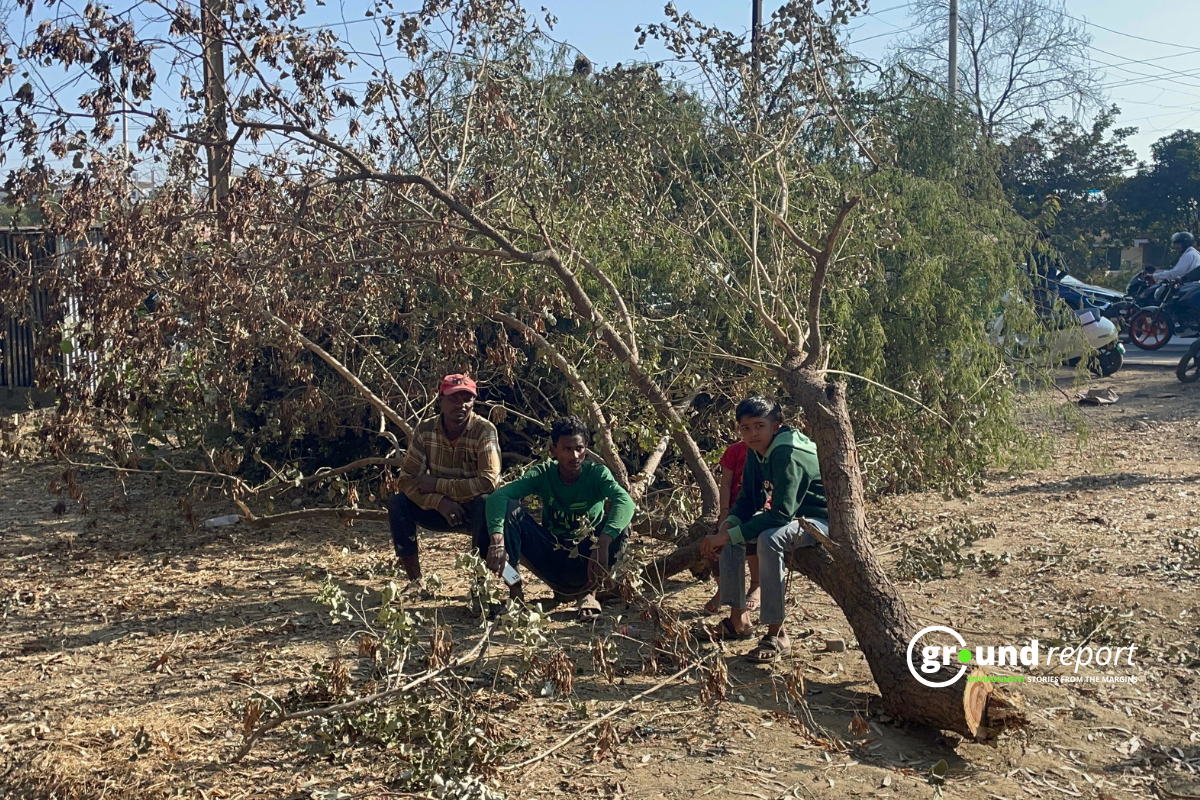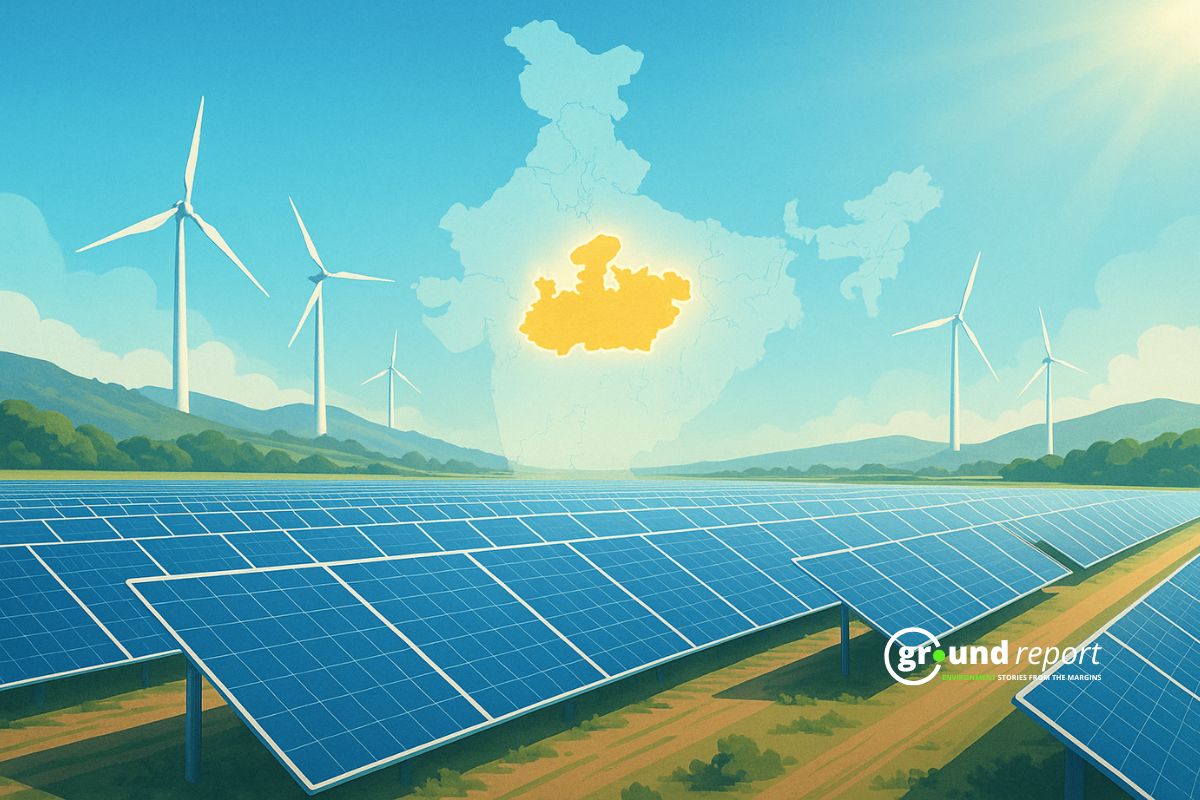Renowned climate activist Sonam Wangchuk recently concluded a 21-day “climate fast” at the Martyrs Memorial Park in Leh, Ladakh, situated amidst the Himalayan range at 11,000 feet from sea level.
For centuries, Ladakhis have flourished in the “rain shadow” of the Himalayas, relying solely on melting snow and ice for water. However, recent decades have seen a concerning trend of rapid glacier loss, erratic snowfall patterns, and devastating events triggered by unprecedented cloudbursts and glacial lake floods.
The Ladakhi people have articulated four primary demands: statehood, inclusion in the Sixth Schedule, tribal status recognition, job reservations for locals, and parliamentary representation for both the Leh and Kargil districts. These demands underscore the urgent need for legislative action to address the region’s socio-economic and environmental challenges.
Educator, engineer, and climate activist Wangchuk has been a trailblazer in Ladakh, spearheading the construction of passive solar-heated buildings and innovative “ice stupas” to address water scarcity. Recipient of the Ramon Magsaysay Award, Wangchuk has led previous climate fasts and continues to pioneer initiatives for water conservation and solar energy utilization in Ladakh. Despite these efforts, he acknowledges the limitations of such solutions in tackling the broader climate crisis. This is particularly crucial in a region where temperatures plummet to as low as -40 degrees Celsius during the winter season, highlighting the urgency of sustainable environmental practices.
Ground Report, is present on-ground in Leh to understand the ongoing movement concerning environmental protection and legislative reforms. Environmental Correspondent, Wahid Bhat exclusively interviewed Sonam Wangchuk, delving into the pressing issues faced by the region and the efforts towards sustainable development.
Wangchuk, in the interview, highlighted the significance of these above-mentioned demands in preserving the delicate Himalayan ecosystem and empowering indigenous communities to make decisions about their land, forests, and social customs.
Wangchuk also expressed concerns about the detrimental impact of industrialisation on Ladakh, particularly on the environment, culture, and demography of the region. He underscored the urgent need for proactive measures to sensitize the population about ecology and minimize the adverse effects of development. He discussed sustainable solutions for managing tourism in Ladakh, advocating for a decentralized approach to distribute economic benefits across various regions and mitigate environmental damage caused by excessive tourist influx in just one city i.e. Leh.
Q: How are you feeling after your recent 21-day fast?
A: I’m fine and recovered I lost 11 or 12 kgs gained a little bit and it was 21 days and later three days so 24 days of climate fast.
Q: What legal measures aim to protect Himalayan glaciers and their ecosystems, including legislative autonomous district councils?
A: While the Himalayas are composed of various regions. So, if each region is taken care of then the Himalayas will be taken care of Ladakh is an important part of it, where we happen to live. So therefore, right now our focus is on Ladakh, part of the Himalayas or trans Himalayas. But we are also speaking for the whole region.
Q: Why do you believe the Sixth Schedule is crucial for Ladakh?
A: There are two levels of democracy. One is statehood, which involves public representatives deciding on regional budgets. Currently, Ladakh, as a Union Territory directly controlled from Delhi, lacks this assembly. At the grassroots level, the Sixth Schedule of the Indian Constitution empowers local indigenous tribal populations to make laws concerning their land, forests, and social customs. This provision ensures that those directly affected by decisions have a say in governing their region. Indigenous people are inherently more invested in the future of their land and their children, making them better suited to make decisions about its management. The Sixth Schedule safeguards this right, allowing indigenous communities to determine the course of development and preserve their land, culture, and sustainability.
Q: What are the major concerns of the people of Ladakh regarding future industrialization and digitalization in the region?
A: The major concerns revolve around land, environment, culture, and demography. Industrialization poses threats to Ladakh’s fragile ecosystem, particularly concerning water resources dependent on glaciers. Even existing infrastructure projects, like highways, have accelerated glacier melt. Heavy industries could exacerbate this issue, jeopardizing water sources vital not only to local populations but also to regions downstream, such as Uttar Pradesh and Punjab. Additionally, industries encroach on vast stretches of land, displacing nomadic shepherds and disrupting their traditional way of life. Demographically, an influx of outsiders drawn to industrial opportunities risks overwhelming Ladakh’s small indigenous population and exhausting its limited resources. This influx threatens the preservation of Ladakhi culture and decision-making autonomy, as governance structures may no longer reflect the wishes of indigenous people. Furthermore, the current water usage in Ladakh, where people live on five to ten liters a day, would be unable to sustain a population increase of three to ten times more, exacerbating the water scarcity issue.
Q: Can you elaborate on the impact of industrialization on land in Ladakh?
A: Industrial projects, including solar power plants, are encroaching on vast stretches of land in Ladakh. This encroachment threatens the livelihoods of nomadic shepherds who rely on these lands for grazing their goats and yaks. As industries capture more land, there is growing insecurity among the local nomads, who face the prospect of losing their traditional grazing grounds and pastures. This situation forces them to consider drastic measures, such as selling their livestock and seeking menial labour in urban industries, which undermines the essence of development for indigenous communities.
Q: What are the major factors contributing to the melting of glaciers in the Himalayan region?
A: Everybody knows that climate change is happening with global warming. What people also know is that in the high Himalayas, the rate of rising temperature is much faster. So that is always there that is doing its damage. Add to that what recent researchers have shown that it’s not just global warming from how the Americans live, or the Chinese or the Europeans. It’s also local black carbon from your area or the foothills that include even the fire that people make to heat their houses or the diesel vehicles, that belt smoke, which all goes and sits on the glaciers. So, this is called the black carbon effect, this is recent in the last 10 years and they are melting the glaciers even faster. So, these are and when they are bigger industries it will be even faster.
Q: How can we address the melting of glaciers in the region?
A: There’s very little chance, The best way to save is to pre-empt proactively.
The best way to save is to pre-empt proactively, there’s very little you can do once you have lost. So, the solution is to sensitize the people about ecology and make people who it hurts, make the decisions about how this place should be managed, minimize heavy Industries, live in balance with nature, and live on inner contentment, rather than exploiting external resources. These are going to be answers but not like fixing it with this machine or that machine.
Q: Tourism promotion in ecologically fragile Ladakh poses challenges. What solutions do you propose?
A: Tourism is increasing, but it need not be damaging at this level. It’s five lakh tourists maximum recorded, but Ladakh is 50,000 square kilometres, it’s very large. So if managed wisely, you can easily reduce the impact. The carrying capacity can be increased, but when it is mismanaged, then these five lakh tourists are not supported by 50,000 square kilometres are actually in the list city with five square kilometres, five lakh tourists in five summer months. This is destroying the place, not the number. So therefore you have to redistribute tourism and have them scattered in Kargil, Zanskar and Nubra. So that is not the only place to take the economic benefit to all the other regions and draw Kargil’s So many places could do better with tourism, then you don’t have such dementia.
Similarly spread it out in time, like in space, and geography, you also spread it out in time, don’t make it a five-summer month phenomenon make it 12 months have winter tourism spring tourism, and Autumn tourism so that there is a balance and it’s a stable livelihood for people tourists will have a better time place will have less damage and you can accommodate easily two to three times more tourists. So five lakh can be one to 2 million if it is distributed properly. So the problem is not from tourism, I feel the problem is from mismanagement of tourism.
Support us to keep independent environmental journalism alive in India.
Keep Reading
The costliest water from Narmada is putting a financial burden on Indore
Indore’s Ramsar site Sirpur has an STP constructed almost on the lake
Indore Reviving Historic Lakes to Combat Water Crisis, Hurdles Remain
Indore’s residential society saves Rs 5 lakh a month, through rainwater harvesting
Follow Ground Report on X, Instagram and Facebook for environmental and underreported stories from the margins. Give us feedback on our email id greport2018@gmail.com.
Don’t forget to Subscribe to our weekly newsletter, Join our community on WhatsApp, and Follow our YouTube Channel for video stories.








